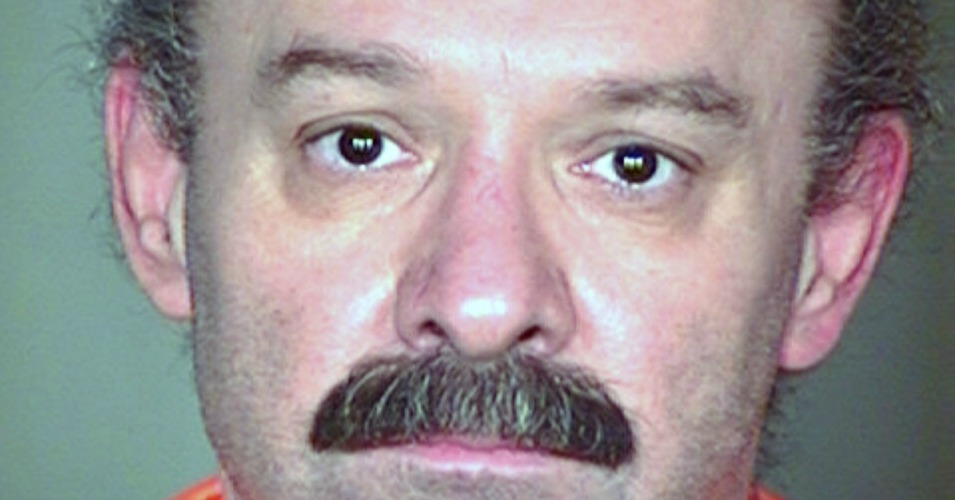Published on Thursday, July 24, 2014 by Common Dreams
By Jon Queally, staff writer
Lawyers for Wood had challenged the state’s use of the mostly untested drug cocktail—a combination of the sedative midazolam and hydromorphone, a painkiller—but were refused a stay by the US Supreme Court as the state maintained it was within its right to use the drug combination.
Witnesses said Wood ‘snorted’ and ‘gulped for air’ for 117 minutes while strapped to a table as his lawyers scrambled to save his life.
As the Guardian reports:
The procedure took so long that his lawyers had time to file an emergency court motion in an attempt to have it stopped. For more than an hour, he was seen to be “gasping and snorting”, according to the court filing.
The attempt to execute Wood had begun at 1.52pm, with sedation of the prisoner confirmed five minutes later. The office of the Arizona attorney general, Tom Horne, announced at 3.49pm local time that Wood was dead.
According to the emergency motion, Wood was seen to be still breathing at 2.02pm, and the next minute his mouth moved. “He has been gasping and snorting for more than an hour,” his lawyers said. When the officials in charge of the execution checked the prisoner at 3.02pm – an hour and 10 minutes after the procedure began – he was confirmed still to be alive.
One eyewitness, Michael Kiefer of Arizona Republic, counted the prisoner gasping 660 times. Another witness, reporter Troy Hayden, told the same paper that it had been “very disturbing to watch … like a fish on shore gulping for air.”
The ACLU responded by calling the “botched” execution a clear case of “cruel and unusual punishment” and an affront to numerous provisions of the Constitution.
“The state of Arizona broke the Eighth Amendment, the First Amendment, and the bounds of basic decency,” said Cassandra Stubbs, director of the ACLU’s Capital Punishment Project. Joseph Wood suffered cruel and unusual punishment when he was apparently left conscious long after the drugs were administered.”
“In its rush to put Mr. Wood to death in secret,” Stubbs continued, “Arizona ignored the dire and clear warnings from the botched executions of Oklahoma and Ohio. It’s time for Arizona and the other states still using lethal injection to admit that this experiment with unreliable drugs is a failure. Instead of hiding lethal injection under layers of foolish secrecy, these states need to show us where the drugs are coming from. Until they can give assurances that the drugs will work as intended, they must stop future executions.”
The Woods case only highlights the growing controversy surrounding lethal injections in the United States after other “botched” executions earlier this year. In January, an Ohio inmate Dennis McGuire underwent a “gruesome execution” as he snorted and gasped during the 26 minutes it took him to die. And in April, a lawyer said Oklahoma inmate Clayton Lockett was “tortured to death” after he succumbed to a heart attack during his execution, but only after prison officials halted the procedure because the man was “writhing” and “groaning” on table.
“Arizona appears to have joined several other states who have been responsible for an entirely preventable horror — a bungled execution,” said Dale Baich, a defense attorney who spoke to the Associated Press. “The public should hold its officials responsible and demand to make this process more transparent.”
Earlier this week, a chief justice on the Ninth Circuit Court of Appeals made headlines for his dissent in the case brought by Wood and his attorneys challenging use of the new drug cocktail. Not an opponent of the death penalty himself, Justice Alex Kozinski said the overall practice of “lethal injection” is a misguided attempt by society to “mask” the “horrendous brutality” of the act.
“Using drugs meant for individuals with medical needs to carry out executions is a misguided effort to mask the brutality of executions by making them look serene and peaceful—like something any one of us might experience in our final moments,” Kozinski wrote in his opinion. “But executions are, in fact, nothing like that. They are brutal, savage events, and nothing the state tries to do can mask that reality.”


